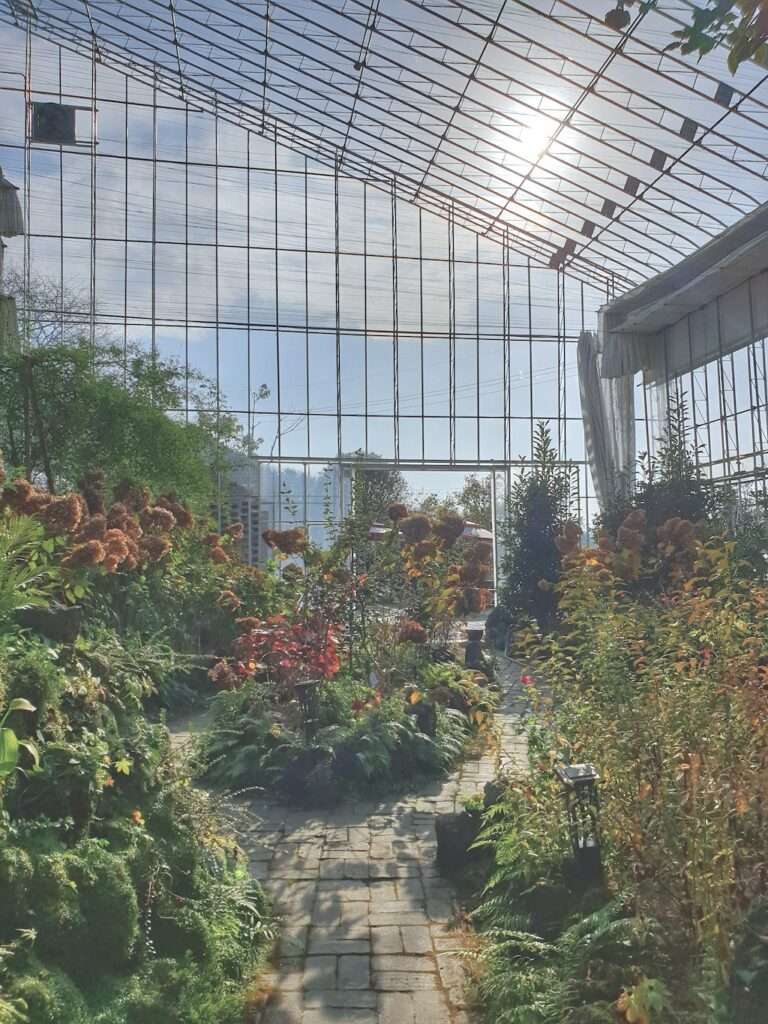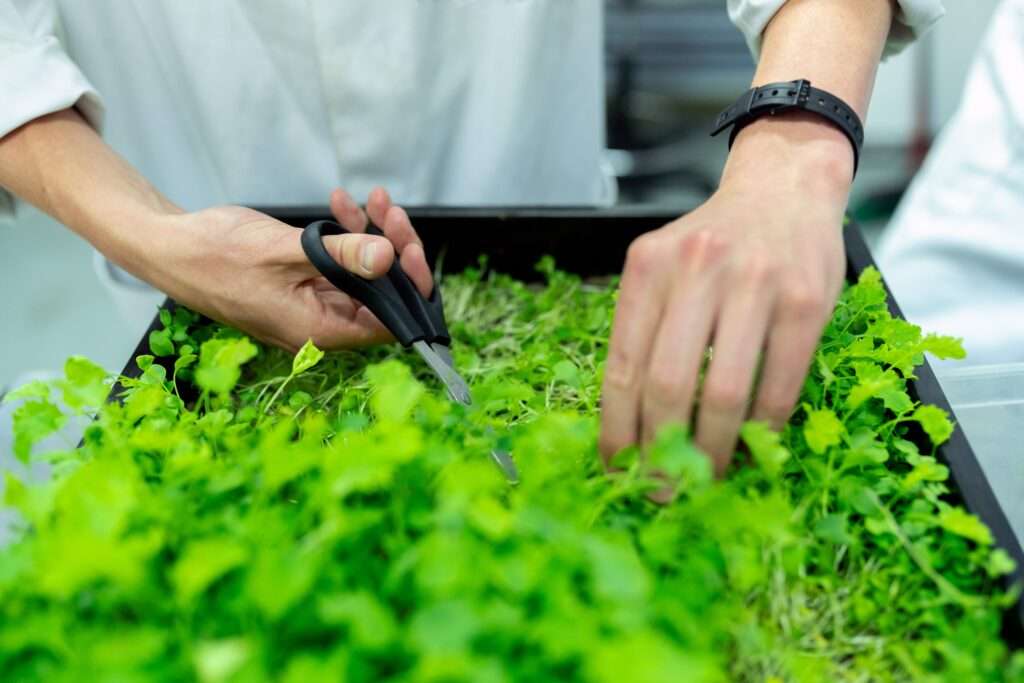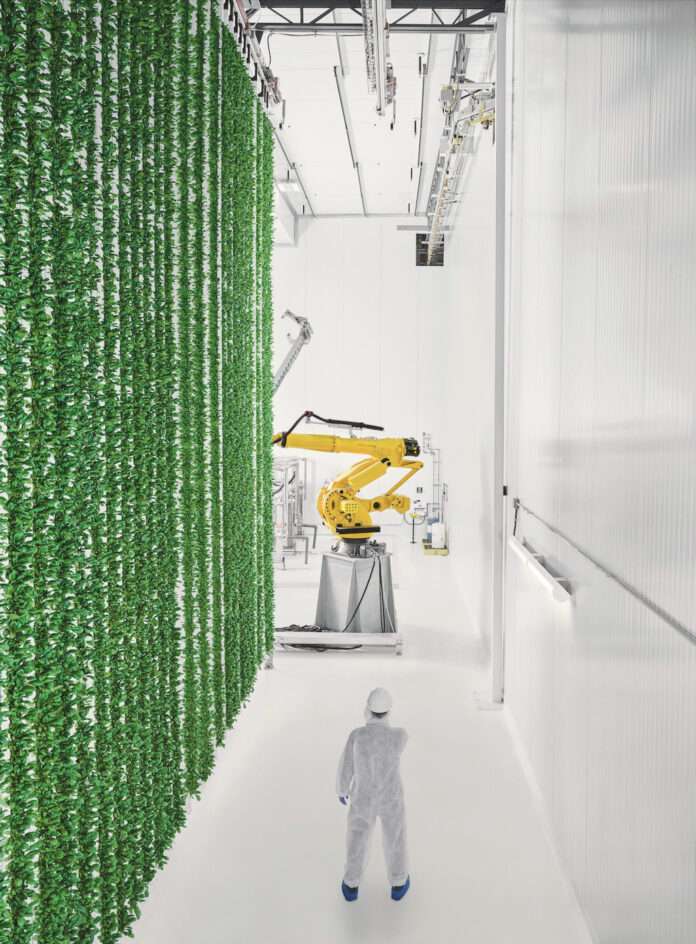Groundbreaking new research says urban farms have a carbon footprint six times larger than traditional farming methods.
A new study led by the University of Michigan says the carbon footprint of fruits and vegetables cultivated in urban farms and gardens is, on average, six times higher than those grown through conventional methods.
The research, published in the journal Nature Cities, was conducted using data from 73 urban farms and gardens across five countries. It offers a comprehensive look at the climate impacts of urban agriculture, a practice that is rapidly gaining popularity globally. Urban agriculture, which involves farming within city limits, is practiced by an estimated 20 to 30 percent of the global urban population and is often lauded for its potential to make cities and urban food systems more sustainable.
The findings
The research team analyzed three types of urban agriculture sites: urban farms, individual gardens, and collective gardens. They examined the greenhouse gas emissions associated with on-farm materials and activities over the lifetime of the farm, comparing these to conventional farming methods. The findings revealed that urban agriculture emits 0.42 kilograms of carbon dioxide equivalents per serving, significantly higher than the 0.07 kg CO2e per serving for conventionally grown produce.
The largest study of its kind to compare urban and conventional agriculture also identified certain conditions under which urban-grown crops can rival or even surpass their conventional counterparts in terms of carbon efficiency. The researchers highlighted best practices for making low-tech urban agriculture more carbon-competitive. These include extending the lifetimes of urban agriculture materials and structures, utilizing urban wastes as inputs, and maximizing the social benefits of urban agriculture, such as improved mental health, diet, and social networks.

Jason Hawes, a doctoral student at the University of Michigan’s School for Environment and Sustainability and co-lead author of the study, emphasized the potential for urban agriculture to mitigate climate impacts in best-case scenarios. “The exceptions revealed by our study suggest that urban agriculture practitioners can reduce their climate impacts by cultivating crops that are typically greenhouse-grown or air-freighted, in addition to making changes in site design and management,” Hawes said in a statement.
Benjamin Goldstein, assistant professor at the University and another co-lead author, shed light on the methodology of the study. “By assessing actual inputs and outputs on urban agriculture sites, we were able to assign climate change impacts to each serving of produce,” he explained. “This dataset reveals that urban agriculture has higher carbon emissions per serving of fruit or vegetable than conventional agriculture — with a few exceptions.”
Goldstein pointed out the primary source of these emissions, stating, “Most of the climate impacts at urban farms are driven by the materials used to construct them — the infrastructure. These farms typically only operate for a few years or a decade, so the greenhouse gases used to produce those materials are not used effectively. Conventional agriculture, on the other hand, is very efficient and hard to compete with.”
Urban farming projects gain momentum
Last summer, the USDA announced an investment of $7.4 million in 25 food grants, including community gardens and other urban projects. The agency said the grants reflect a significant increase in interest compared to the previous year. The funding was part of USDA’s broader commitment to urban agriculture through its Office of Urban Agriculture and Innovative Production (OUAIP), adding to the $40 million in projects funded since 2020.

But skeptics have been sounding the alarm on some urban projects, particularly indoor farming reliant on artificial lighting, which can be energy intensive and contributes to the climate crisis. Still, investors are bullish on indoor projects like the Compton, Calif., based Plenty, which can produce more than 4 million pounds of fresh greens per year. As of last February, it raised $400 million from backers including Walmart and Softbank Vision Fund. Last November, Plenty announced Realty Income will invest up to $1 billion to support the company’s indoor vertical farms.
Related on Ethos:


